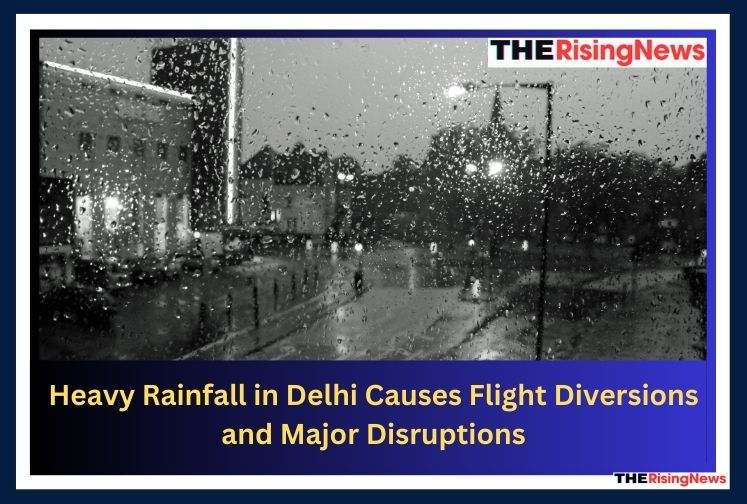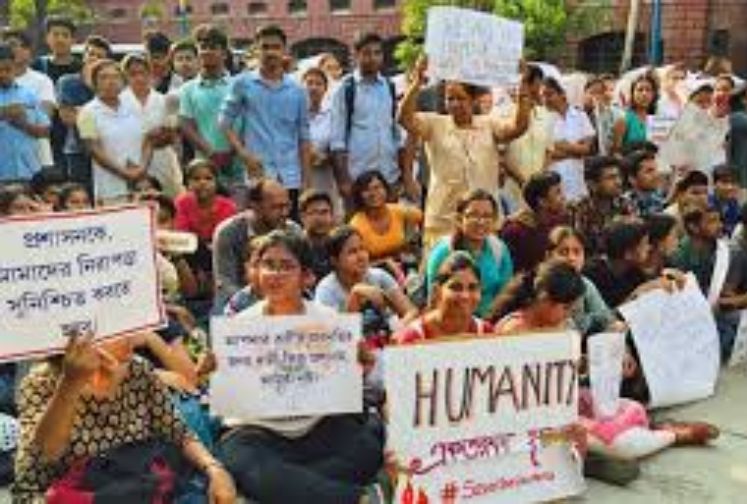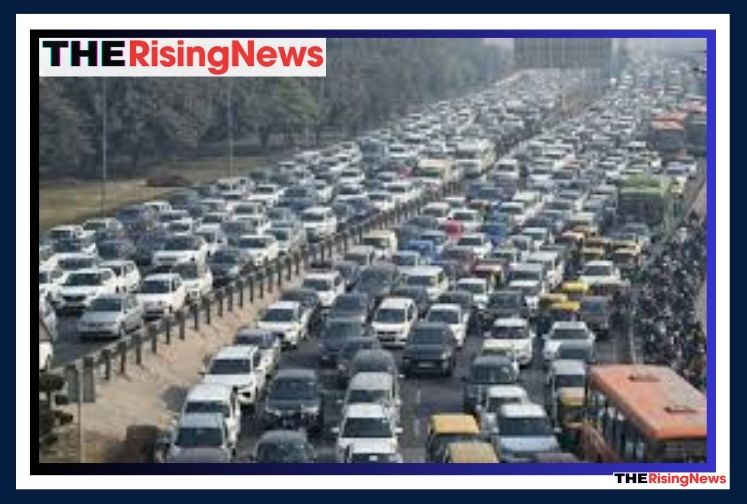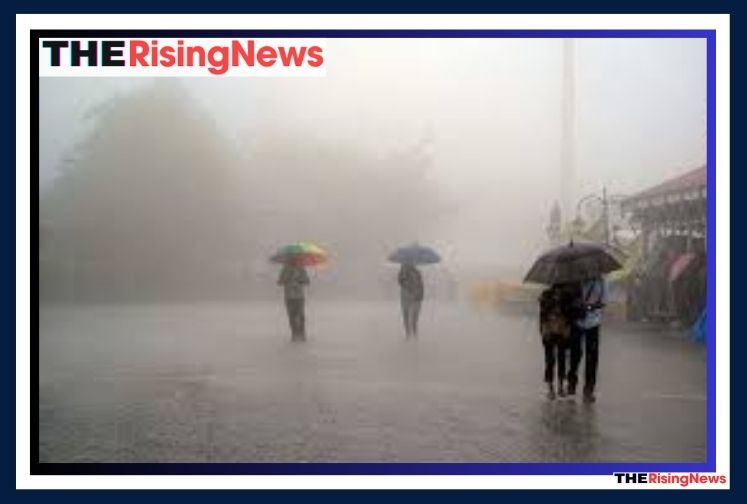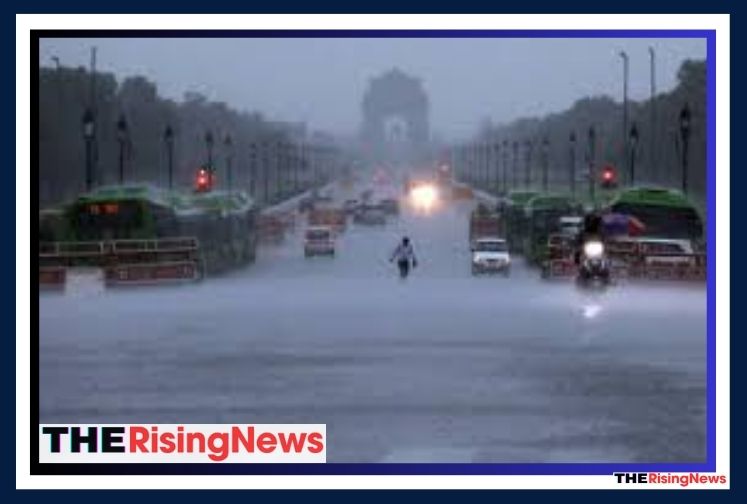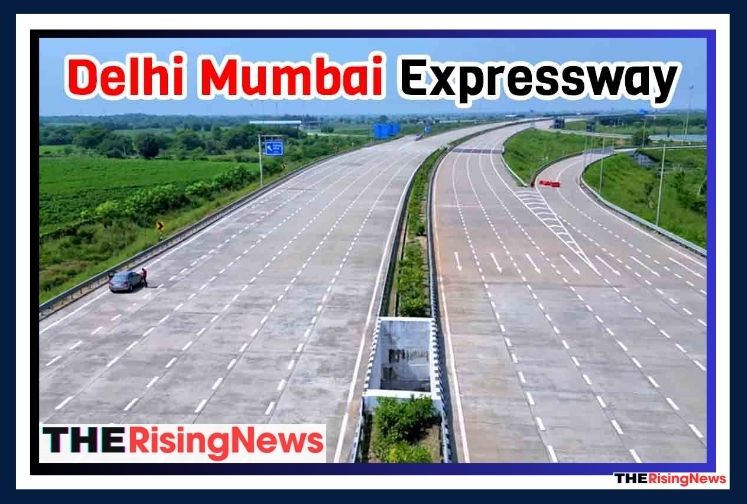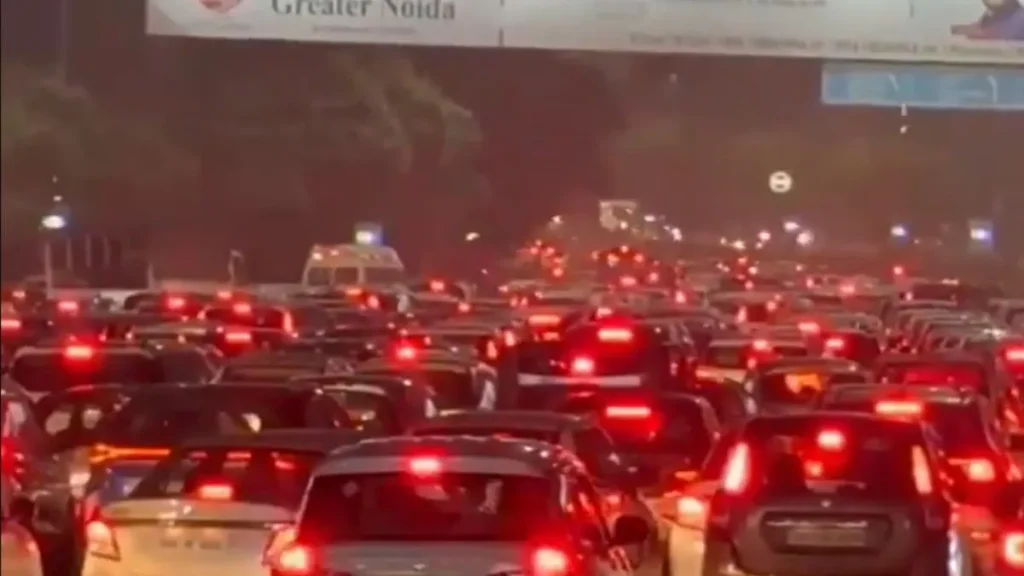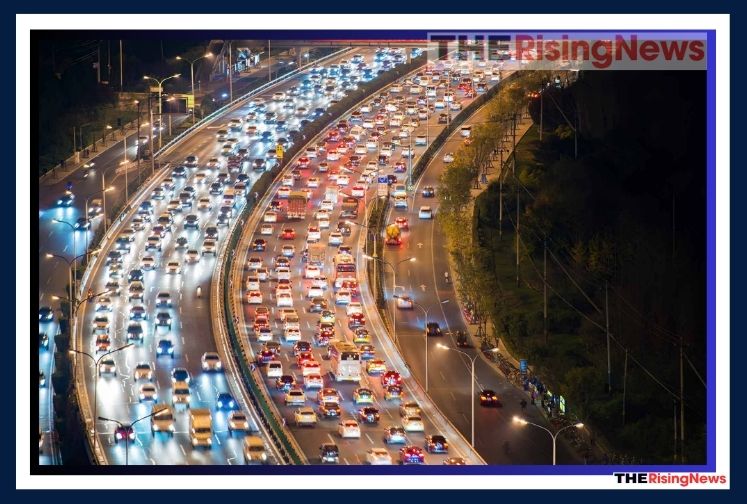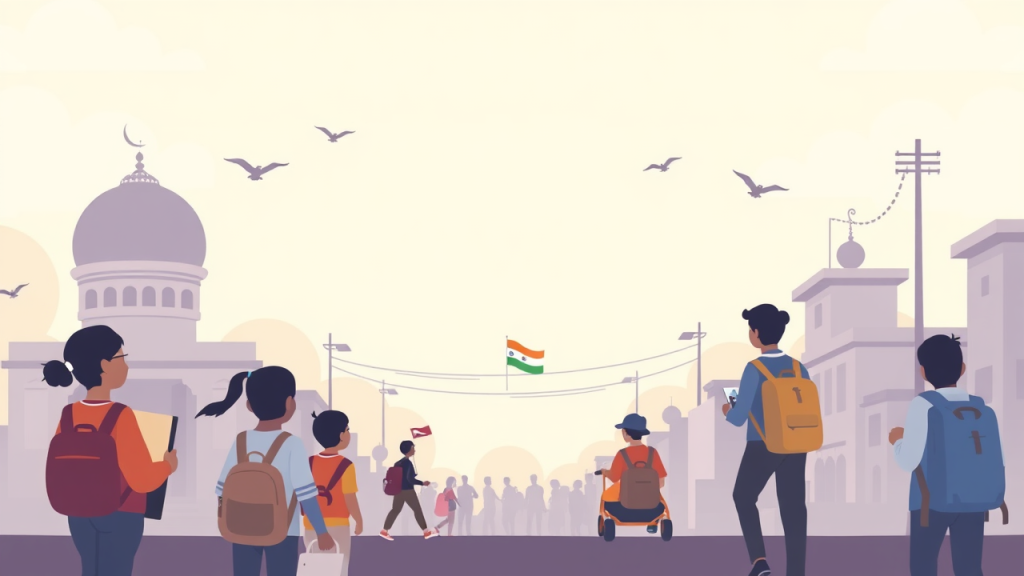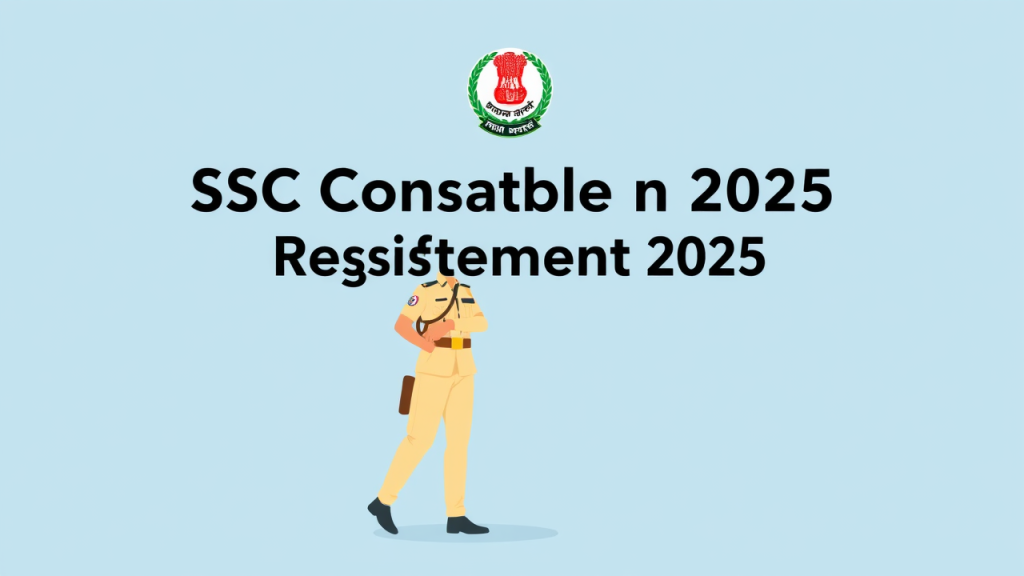Heavy Rainfall in Delhi Causes Flight Diversions, Waterlogging, and Traffic Chaos on July 31, 2024
NEW DELHI, July 31, 2024 – The national capital region plunged into turmoil as heavy rainfall in Delhi unleashed a series of cascading crises on Wednesday evening. In a stark demonstration of the city’s vulnerability to extreme weather events, authorities were forced to divert 10 flights from Indira Gandhi International (IGI) Airport, while residents across the National Capital Region (NCR) grappled with severe waterlogging and paralyzing Delhi traffic congestion.
Heavy Rainfall in Delhi Flight Diversions
As sheets of rain pounded the capital, visibility at IGI Airport plummeted to dangerous levels. “We had no choice but to divert 10 incoming flights to ensure passenger safety,”
stated Rajiv Jain, CEO of Delhi International Airport Limited (DIAL). The diverted aircraft, carrying over 1,500 passengers, were rerouted to airports in Jaipur, Lucknow, and Amritsar.
Passengers like Priya Sharma, who was returning from Mumbai, found their travel plans in disarray. “We circled Delhi for nearly an hour before the pilot announced we’d be landing in Jaipur,” Sharma recounted. “It’s frustrating, but given the conditions, I understand the precaution.”
Delhi Traffic Congestion: A City at Standstill
Beyond the airport, the heavy rainfall in Delhi exposed the glaring inadequacies of the city’s urban infrastructure. Major arterial roads transformed into virtual rivers, with water levels reaching alarming heights of 3-4 feet in some areas.
Delhi Traffic Police reported gridlock across the city, with journey times extended by several hours. Commuter Rahul Gupta described his ordeal: “What’s usually a 30-minute drive took me over three hours. It was like the entire city had turned into a massive, immobile parking lot.”
The Delhi waterlogging crisis particularly affected low-lying areas and underpasses. The Public Works Department (PWD) deployed emergency response teams, but the volume of rainwater overwhelmed pumping stations and drainage networks. “We’re dealing with rainfall intensities that our current infrastructure simply wasn’t designed to handle,” admitted Sanjay Goel, Engineer-in-Chief of the PWD.
IMD Red Alert: Nature’s Warning Sign
The India Meteorological Department (IMD) had issued a red alert for Delhi and adjacent regions, anticipating heavy rainfall and potential flooding. The Delhi weather forecast predicts continued rain until August 5, raising concerns about the city’s ability to cope with prolonged extreme weather.
Dr. Mrutyunjay Mohapatra, Director General of Meteorology at IMD, explained the severity of the situation: “We recorded over 100mm of rainfall in just a few hours, which falls under our ‘very heavy’ category. Such intense precipitation events are becoming more frequent due to climate change.”
Climate Resilience: Delhi’s Urgent Need
The heavy rainfall in Delhi has reignited debates about the city’s climate resilience strategy. Environmental activist Sunita Narain emphasized, “This isn’t just about better drainage. We need a holistic approach that includes expanding green spaces, harvesting rainwater, and rethinking our urban development patterns.”
Arvind Kejriwal, Chief Minister of Delhi, announced the formation of a high-level committee to assess the city’s response to the crisis and formulate a comprehensive climate adaptation plan. “The events of today have exposed critical gaps in our Delhi urban infrastructure,” Kejriwal stated. “We will work tirelessly to ensure that our city is better prepared for future climate challenges.”
Temperature Fluctuations and Humidity
The heavy rainfall in Delhi brought a significant drop in temperature, providing temporary relief from the sweltering heat. On Tuesday, Delhi had recorded its highest maximum temperature for July, reaching 39.3 degrees Celsius. By Wednesday evening, the Delhi maximum temperature had plummeted to 29.2 degrees Celsius.
However, the increased humidity levels, reaching 90% during the rainfall, added to the discomfort of residents. “It’s like walking through a sauna,” remarked local resident Anita Desai. “The cooler temperature is nice, but the humidity is unbearable.”
Looking Ahead: A City at a Crossroads
As Delhi braces for continued rainfall, the city stands at a critical juncture. The unprecedented deluge has laid bare the vulnerabilities in its infrastructure and disaster preparedness.
Urban planning expert Dr. Ravi Shankar stressed the importance of long-term solutions: “We need to move beyond quick fixes. Enhancing Delhi’s climate resilience requires a complete reimagining of our urban landscape, from permeable pavements to green roofs and expanded wetlands.”
For the immediate future, authorities have announced several measures:
- Schools will remain closed for the next two days.
- Employers are encouraged to allow work-from-home arrangements where possible.
- The National Disaster Response Force (NDRF) has deployed additional teams across the NCR.
- The PWD has initiated an emergency action plan to clear waterlogged areas.
As the waters recede and the city begins to recover, the heavy rainfall in Delhi will undoubtedly be remembered as a turning point – a stark reminder of nature’s power and the urgent need for sustainable, resilient urban development in the face of a changing climate.
For real-time updates on weather conditions and city services, residents are advised to monitor the official websites of the IMD (www.imd.gov.in) and the Municipal Corporation of Delhi (www.mcdonline.gov.in).

